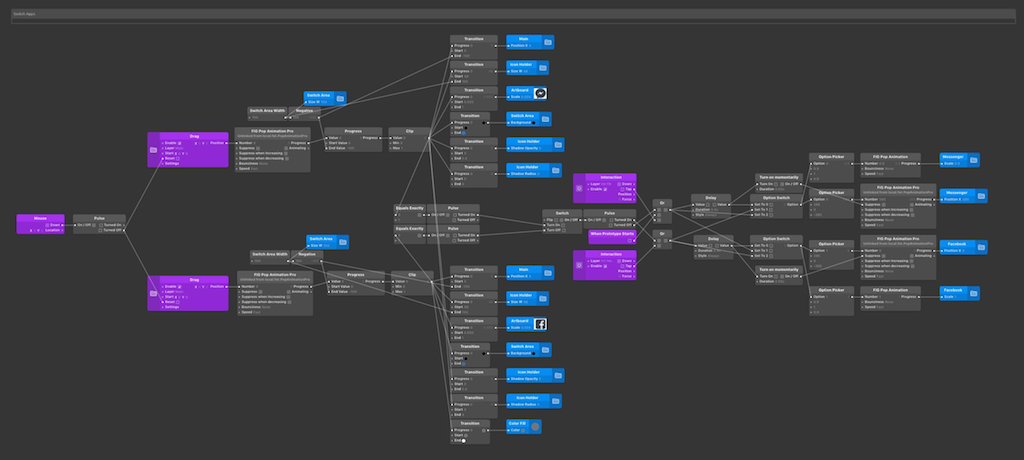Hanging out with Darwin
liii · March 13, 2018So we had a child. Two months in, I have a lot of feelings and hopes and thoughts about that. If you want the cute photos and sentimentality, I can add you to the Facebook group. If you want philosophy, read this letter!
It’s remarkable how wise this tiny creature seems. Sometimes I really get the sense he knows things that I don’t. I’m excited to watch this wiggly little blob develop a mind, a personality, and actual conscious wisdom. But at this early stage, everything a baby does is because it was programmed into his genome. So it feels like I’m hanging out with _evolution itself._There’s something profound to behold in there, in all of us, that eventually becomes obscured by the usefulness of culture, understanding, and language.
Modularity of mind is a psychological theory that seems to explain a lot about how we think. I really believe I can see these rudimentary modules coming online and running their individual programs, competing for control over my baby’s body. Each one has feedback loops, measuring some combination of homeostatic variables; pushing his behavior one direction or another. He’ll stare in fascination at an intricate vent in the ceiling for a while, as the visual-interest module is in charge, then look away for a moment and let out a little yelp as the hunger module starts ramping up, then look back as interest wrests control away again. Eventually, of course, hunger wins out as it musters more urgency for its cause. The most dramatic conflict happens as he’s trying to get to sleep at night, because part of the battle plays out in physical actions — starting to cry, but then jamming a thumb in his mouth for comfort in an attempt to calm down, back and forth until one or the other wins out.
Now, about six weeks in, he started “social smiles” — smiling not randomly in his sleep but in response to recognizing a smiling face. This is well known as a pretty gratifying moment in early parenting. But what’s most fascinating to me is how automatic it is. If not distressed, look around; see face; check if in family faces database; check if smiling; smile. It makes sense that this behavior would start out simple. But for me it became a powerful illustration of the gradual construction, from primitive logical building blocks, of a fully-functioning sentience. Is there any reason to believe that something qualitatively different happens between that simple proto-emotion and the complex palette of emotions that you feel today? Or is it really just more and more connections between simple elements building one upon the next, each operating deterministically? It’s a philosophical playground for arguments about the fundamentally illusory nature of free will and the self. Which I think is exciting!
(A teammate at work pointed out that I think about everything in terms of Origami Studio patch graphs, which is absolutely true.)
